Vienna is a beautiful city filled with art, music, and coffee houses. It was home to Mozart and Beethoven, seat of the Hapsburg Monarchy, and capital of the Holy Roman Empire for hundreds of years. With over 100 museums and multiple palaces to explore, you will need at least 3 days in Vienna. The following itinerary will help you dive into the culture while allowing plenty of time for sipping Viennese coffee in historic cafes.
If you are visiting Vienna in November, December, or early January, be sure to check out my Vienna Christmas Market Guide.
Vienna Day 1
Café Central
Start your first day in style at Café Central, one of the most elegant and well-known coffee houses in Vienna. Open since 1876, Café Central was once a favored meeting spot of the city’s writers and intellectuals. Join the fast-moving queue out front to enjoy a Viennese breakfast or a gorgeous dessert.
Hofburg Palace
The Hofburg is a large palace complex that once formed the seat of power of the Hapsburg Empire. Now it is home to the President of Austria, as well as several interesting museums and tourist attractions. You can easily spend a whole day exploring this important part of the city.
Sisi Museum
Empress Elisabeth was one of the most famous Hapsburgs even before Netflix made a show about her, and you’ll see references to Sisi all around the city. That’s why I recommend starting with the Sisi Museum. You can follow her path from precocious Bavarian princess to an Austrian empress who rebelled against the strict rules of the royal court. The journey comes to an untimely end with Sisi’s dramatic assassination while on holiday in Switzerland.
Tickets to the Sisi Museum include entrance to the Imperial Apartments, the winter residence of Emperor Franz Joseph and his beloved wife. 18 rooms are currently open to the public, providing an intimate look into the lives of the royal couple. Sadly, photos aren’t permitted.
Imperial Treasury
The royal jewels are securely housed inside the Imperial Treasury. The Imperial Crown of Austria is the star of the collection. It features diamonds and pearls in filigreed gold and was first worn by Emperor Rudolf II in 1602. Other notable pieces include the cradle of Napoleon’s son, the King of Rome, and an agate bowl rumored to be the “Holy Grail.”
Austrian National Library
Hofburg Palace is also home to the Austrian National Library, the largest of its kind in Europe. Over 200,000 books are on display in the ornate State Hall, along with two large Venetian Baroque globes and several marble statues. Special volumes include the 14th century Holy Gospels and the writings of Martin Luther.
Capuchin Crypt
150 members of the Hapsburg royal family are entombed in the Capuchin Crypt. This includes 12 emperors and 22 empresses, including Maria Theresa, Franz Joseph, and Sisi. The most recent additions are Archduke Otto and his wife, Regina, who died in 2010. Otto was the son of the last Austrian emperor and renounced his claim to the throne in 1961.
Augustinian Church
Don’t be fooled by its plain exterior. The Augustinian Church is one of the oldest and most important buildings in Vienna, dating to the 1300s. It was the court church for the Hapsburg family and site of many royal weddings, including that of Napoleon and Marie Louise. It’s fitting that the hearts of several dozen of the former monarchs are stored in silver urns in the church’s vault.
Café Schwarzenberg
If you are ready for a break, head to Café Schwarzenberg, one of Vienna’s oldest coffee houses. It has been delighting guests since 1861 and is a charming spot for an afternoon pick-me-up.
Albertina
Give yourself plenty of time to visit the Albertina, a large art museum in the Hofburg complex. Its palatial building was once home to Archduchess Marie-Christine, Empress Maria Theresa’s favorite daughter. Several colorful state rooms full of original furnishings are included with museum entry. But the main draw, at least for me, is the Albertina’s impressive collection of Impressionist and Expressionist paintings.
St. Stephen’s Cathedral
With its distinctive tile roof and immense bell tower, St. Stephen’s Cathedral is one of the city’s most iconic buildings. Entrance is free, though you’ll be limited to the front of the nave and one aisle down the side. If you want to see the main altar, enter the catacombs, or climb a tower, you’ll need to buy tickets.
Dinner: Figlmüller Bäckerstraße
A short walk from the cathedral is one of Vienna’s most famous restaurants, Figlmüller Bäckerstraße. Originally opened as a wine bar in 1905, Figlmüller soon became the go-to spot for schnitzel. The dinner plate-sized Weiner schnitzels are as tasty as they are impressive to behold. I strongly recommend making a reservation unless you want to wait in a very long queue.
Vienna Day 2
Café Sperl
For an old-school Viennese breakfast, head to Café Sperl. It’s been open since 1880 and seems to have changed little since then. If the dark wood paneling and red velvet booths look familiar, that’s because Ethan Hawke and Julie Delpy filmed a scene here for 1995’s Before Sunrise.
Upper Belvedere Palace
The Belvedere Palace complex was built in the early 18th century for Prince Eugene of Savoy, general of the Austrian army. After his death, Empress Maria Theresa converted the Upper Belvedere into a public exhibition space for the imperial art collection. It now holds the world’s greatest collection of Austrian art. Most notable are the paintings of Gustav Klimt, including “The Kiss” and “Judith and the Head of Holofernes.”
Opera House Tour
Ride tram D from the Upper Belvedere to the Vienna State Opera for an early afternoon guided tour. You’ll learn about the history of the building, get to sit inside the former royal box, and watch the activity on stage as the crew prepares for the evening show. The 40-minute tours are offered almost every day in German and English. Other languages are offered on select dates.
Hotel Sacher
After your tour, walk across the street to Hotel Sacher for a slice of their famous Sacher torte. Vienna’s iconic chocolate cake was first created in 1832 by 16-year old Franz Sacher, who stepped in last minute to replace a chef who’d fallen ill. I tasted several versions around the city, and the Sacher original was the best. Though truth be told, I’m not really a fan of this overly sweet treat.
St. Charles Church
The impressive Karlskirche was built in the 18th century after the city recovered from a serious plague outbreak. It is dedicated to St. Charles Borromeo who was revered for his treatment of plague victims. You’ll have to pay to enter this Baroque beauty, but it’s worth it. Be sure to climb the stairs just behind the ticket booth to see the church’s original organ.
Dinner: Wiener Wiaz Haus
A 5-minute walk from Karlskirche is neighborhood gem Wiener Wiaz Haus. Popular with locals, this cozy restaurant has been serving up traditional Viennese fare since 1898. Winning dishes include the classic schnitzel and beef goulash with pickles and dumplings. Note that it’s cash only, and reservations are only by phone.
Vienna Music Society Concert
Opportunities to hear live music in Vienna abound, and one of the best venues is the Vienna Music Society. Home of the renowned Vienna Symphony Orchestra, the Golden Hall is considered one of the greatest music halls in the world thanks to both its architecture and acoustics. I attended a performance of Mozart and Vivaldi’s Four Seasons and it was magnificent!
Vienna Day 3
Kunsthistorisches Museum
The Vienna Museum of Fine Arts is a showstopper. It was built in 1891 to hold the wide-ranging imperial collections, including antiquities from Egypt, the Near East, Greece, and Rome. In the Picture Gallery, you’ll see masterpieces by Caravaggio, Velázquez, Rembrandt, Rubens, and Dürer, to name just a few. The Kunsthistorisches Museum also boasts the world’s largest collection of paintings by Bruegel.
After a morning of art appreciation, snag a seat in the museum café for lunch. It’s one of the loveliest spots in town!
Schönbrunn Palace
In the afternoon, take the train out to Schönbrunn Palace, the stunning summer residence of the Hapsburgs. This is also where child prodigy Mozart first performed for the royal court. He was reportedly so thrilled by the experience that he jumped into Empress Maria Theresa’s lap!
The “Grand Tour” takes you through around 40 rooms of the palace, including the private apartments of Franz Joseph and Sisi. Photos are sadly not allowed inside, so you’ll just have to trust me when I say that it is astonishingly beautiful. There are shorter tours available, but it seems cruel to do that to yourself. You’ll want to see as much as possible.
The palace gardens have been open to the public since their creation and are free to enter year-round. During the summer season, you can add on visits to the orangery and zoo for an extra charge. During the winter, a charming Christmas market takes over the grounds.
Dinner: Bauernbräu
Austrian servers aren’t exactly known for their warmth. Perhaps that’s why meals at Bauernbräu are so exceptional. My waitress was so friendly I’d swear she trained in the USA. The homey restaurant specializes in Styrian cuisine from a particular region of Austria, but I stuck with the traditional schnitzel and potato salad. This was my favorite meal in Vienna.
Ready to Spend 3 days in Vienna?
Save this itinerary for easy reference!
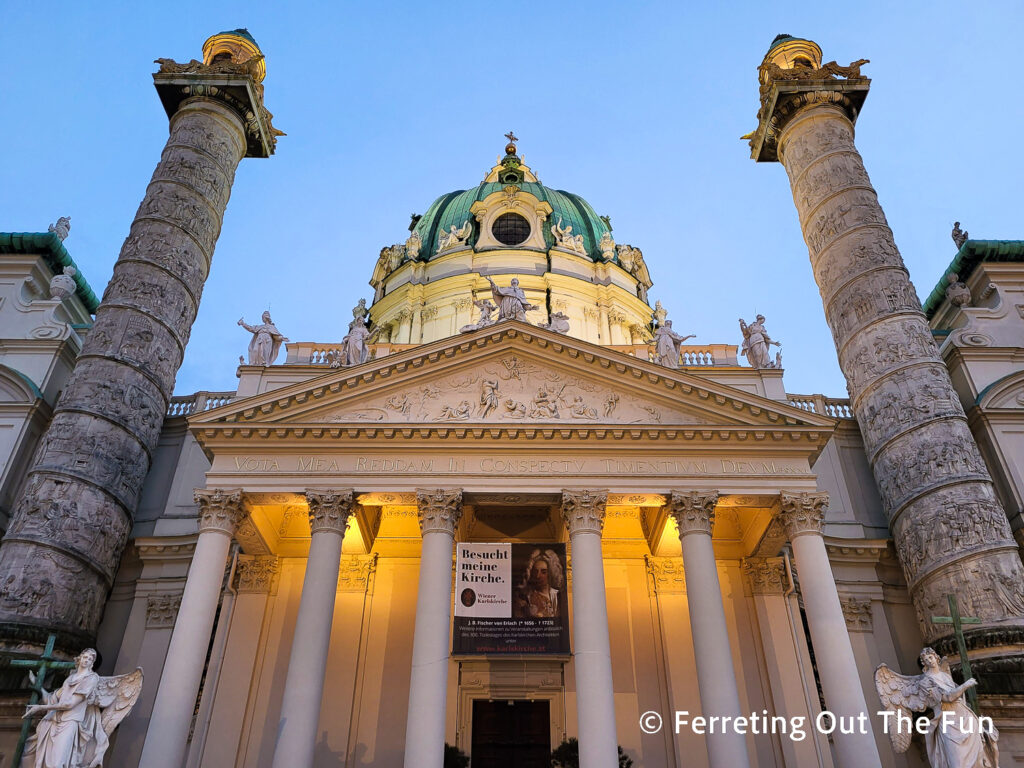
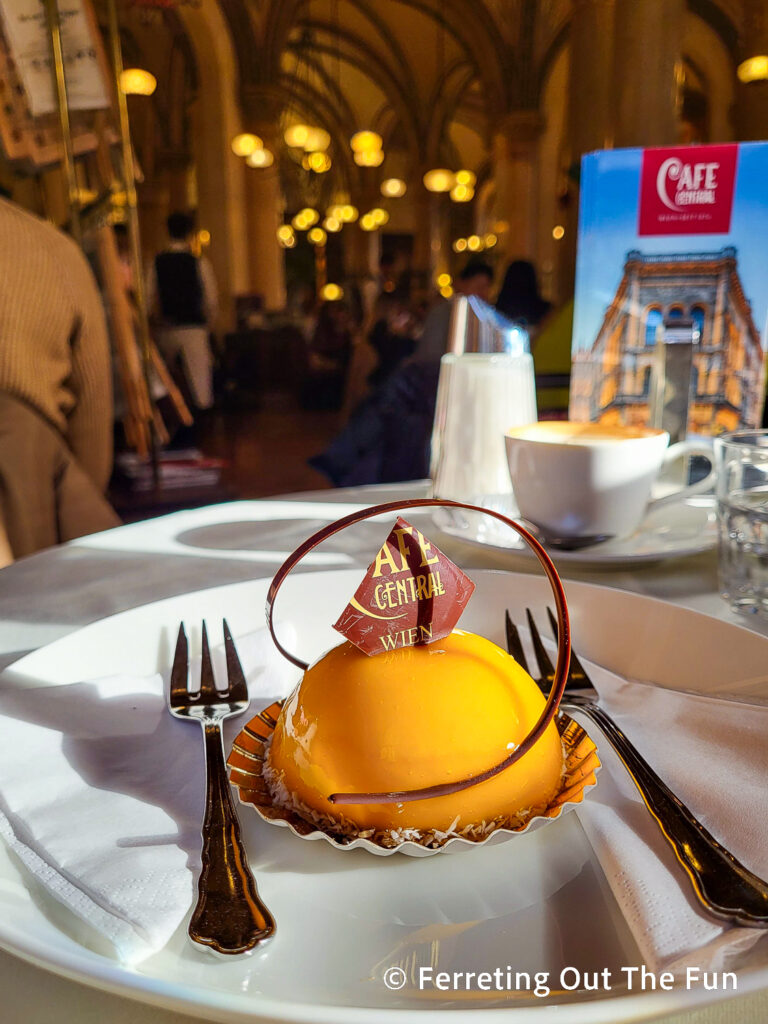

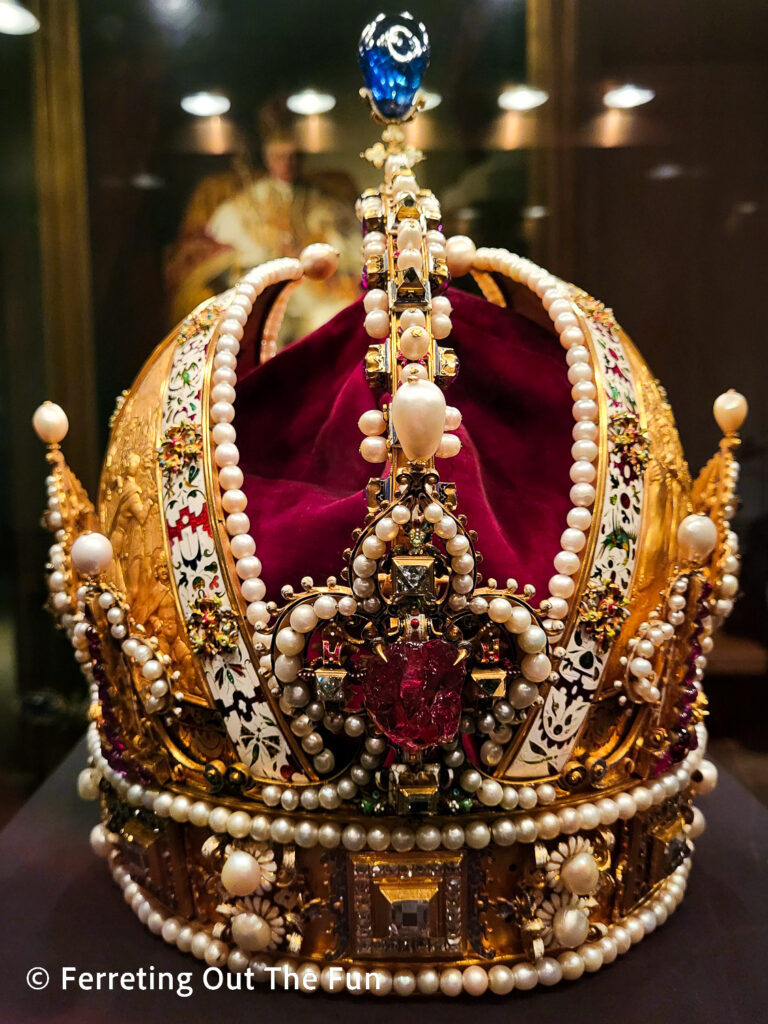
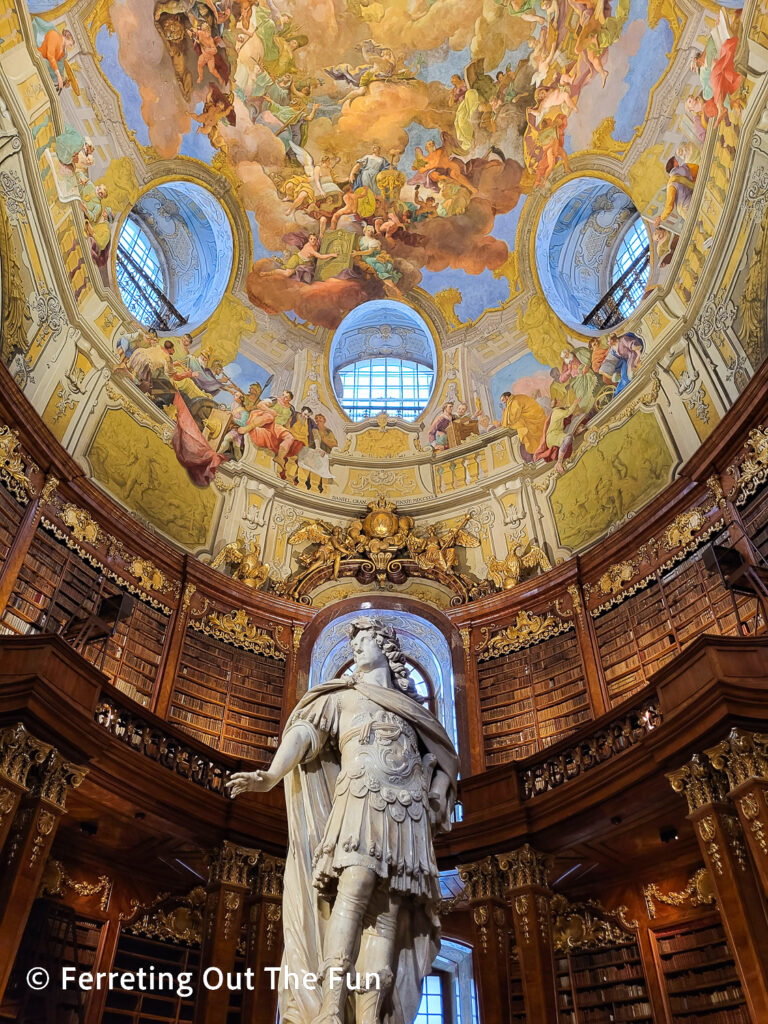
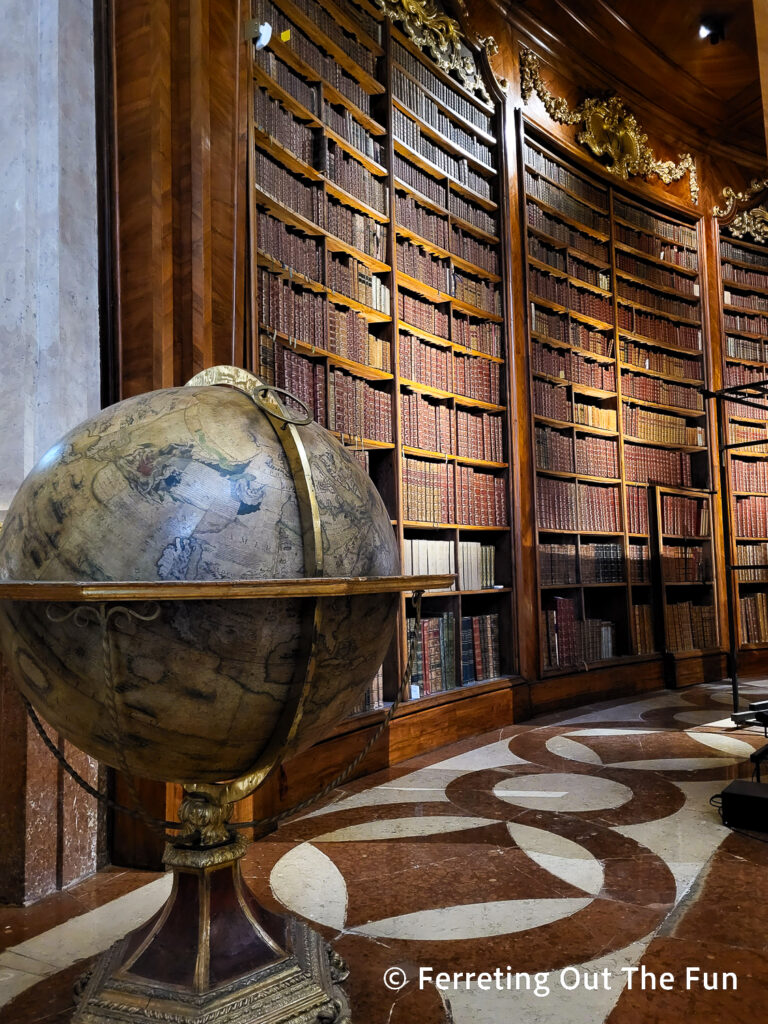
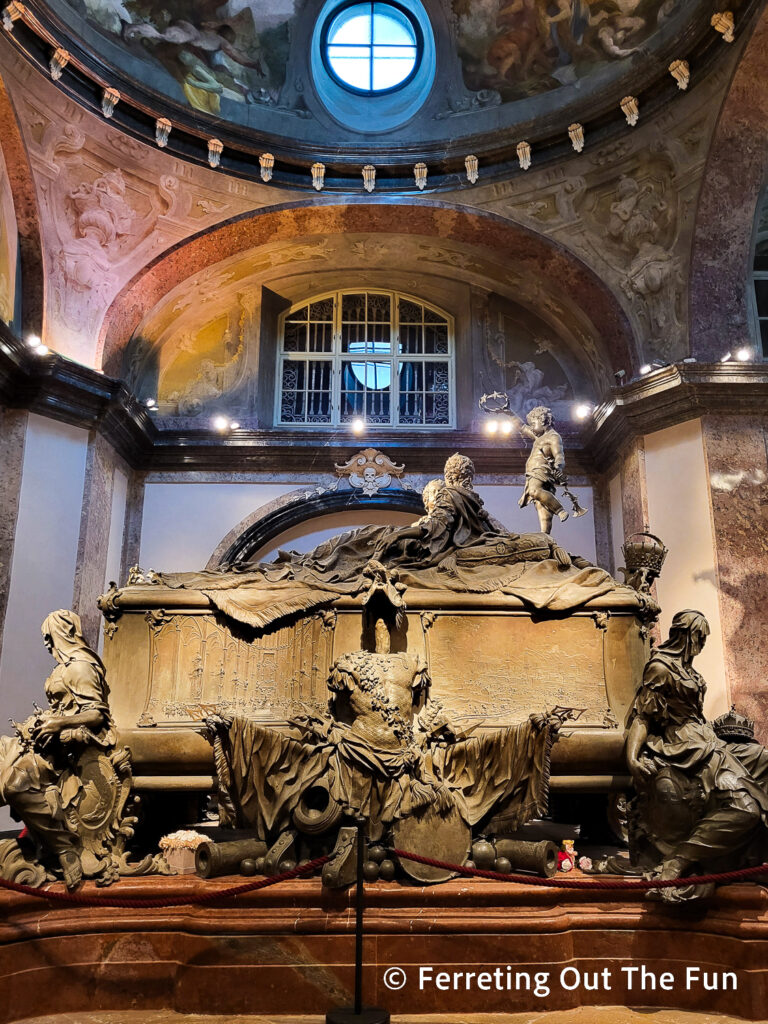
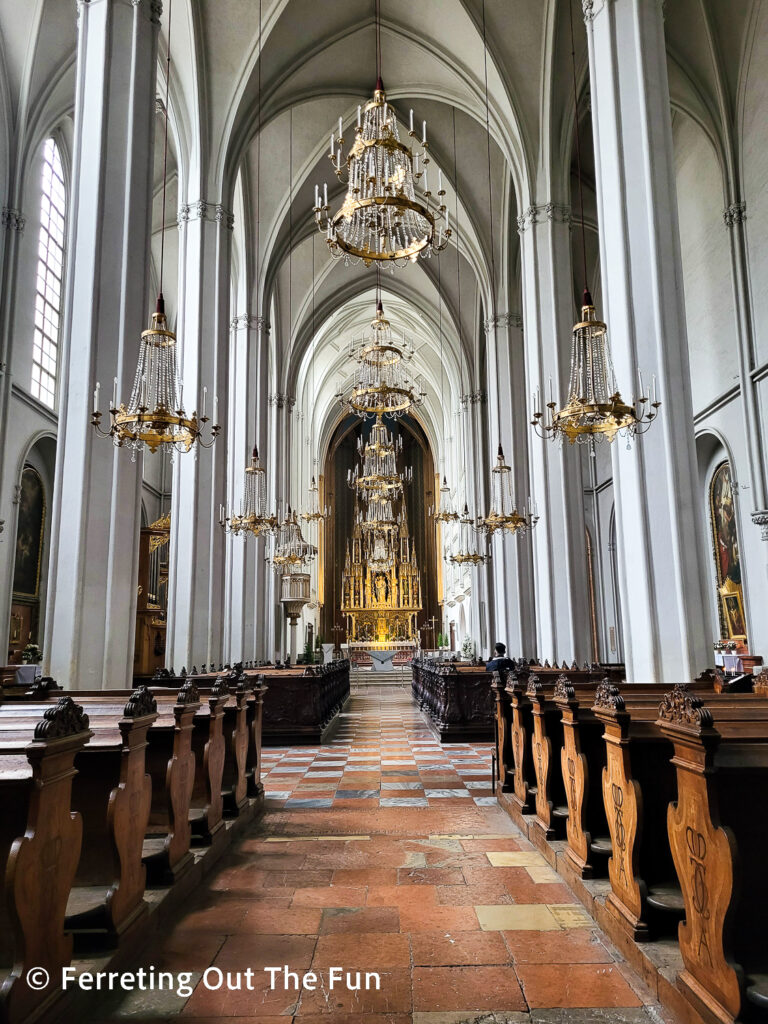
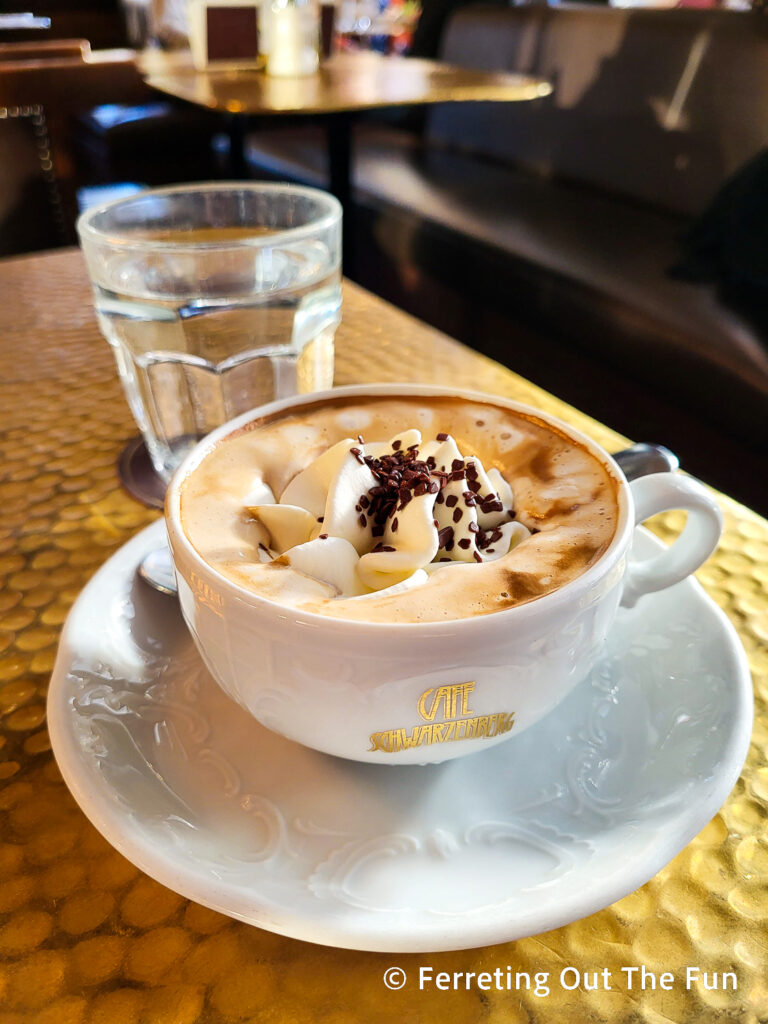
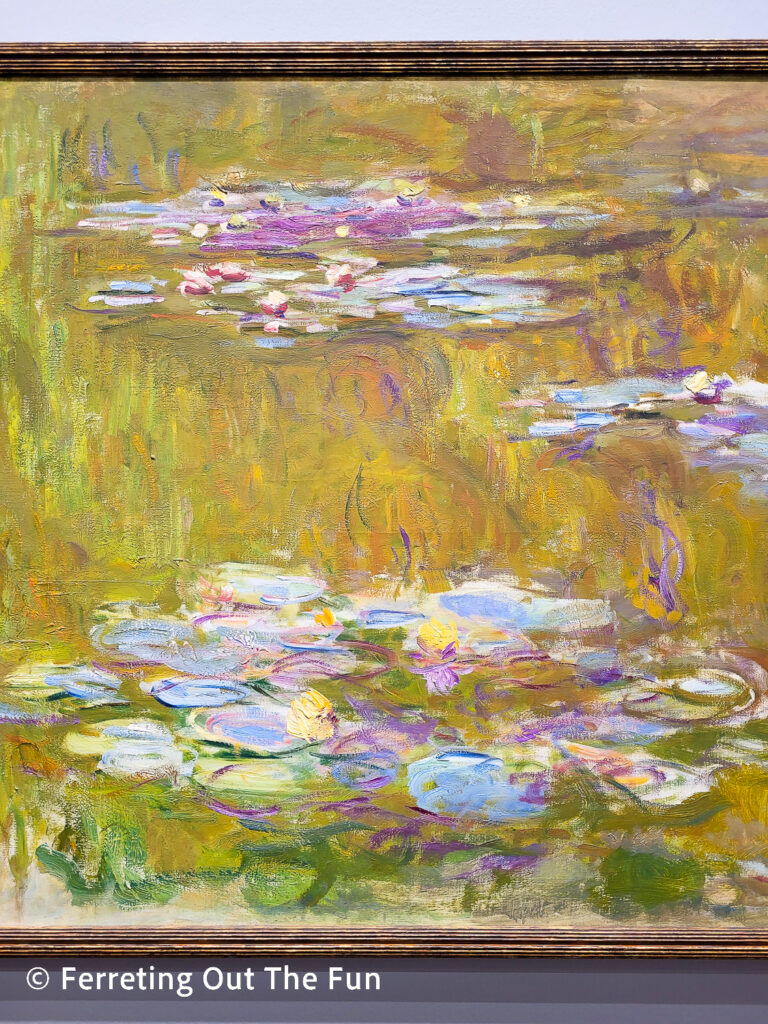
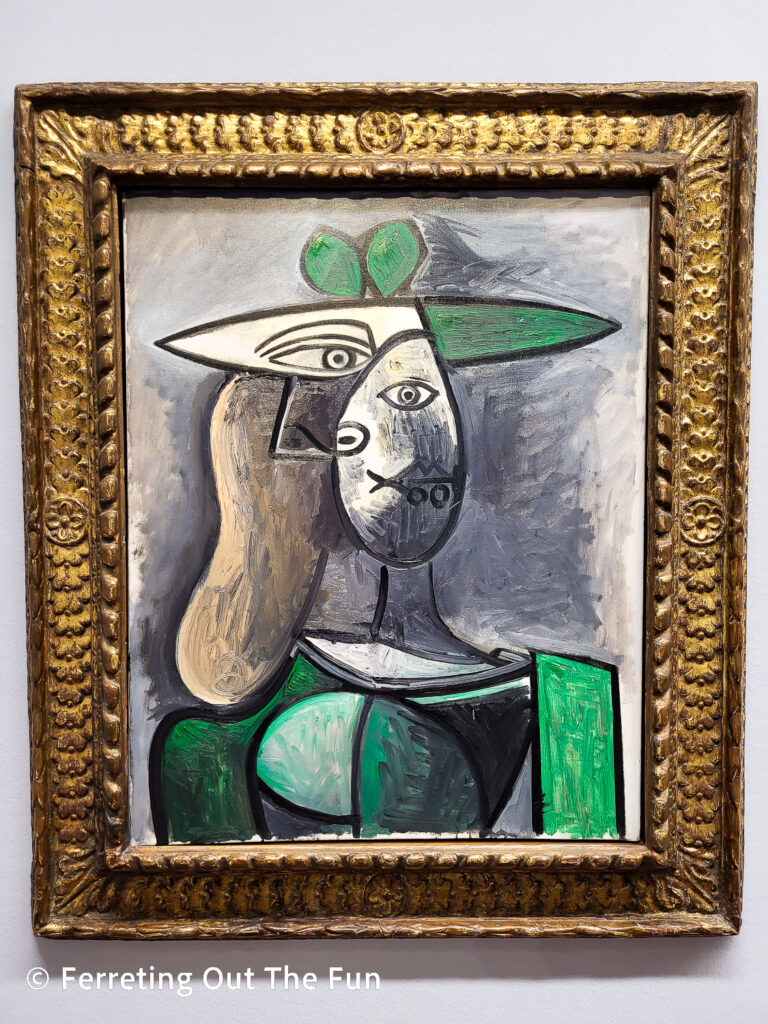
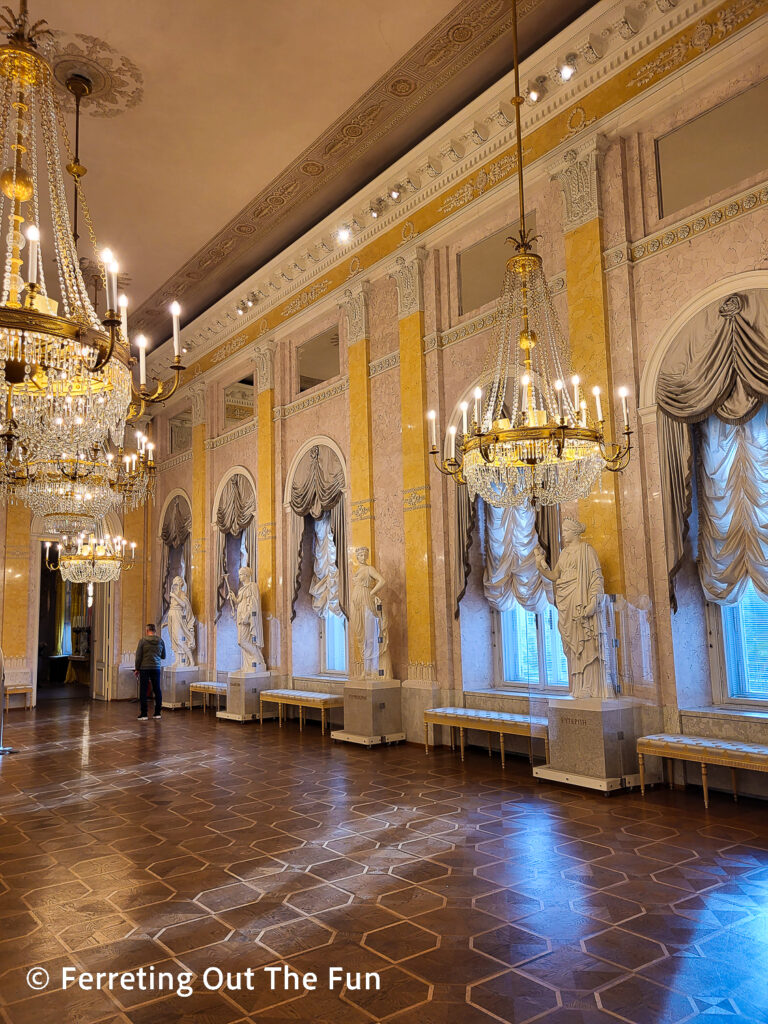
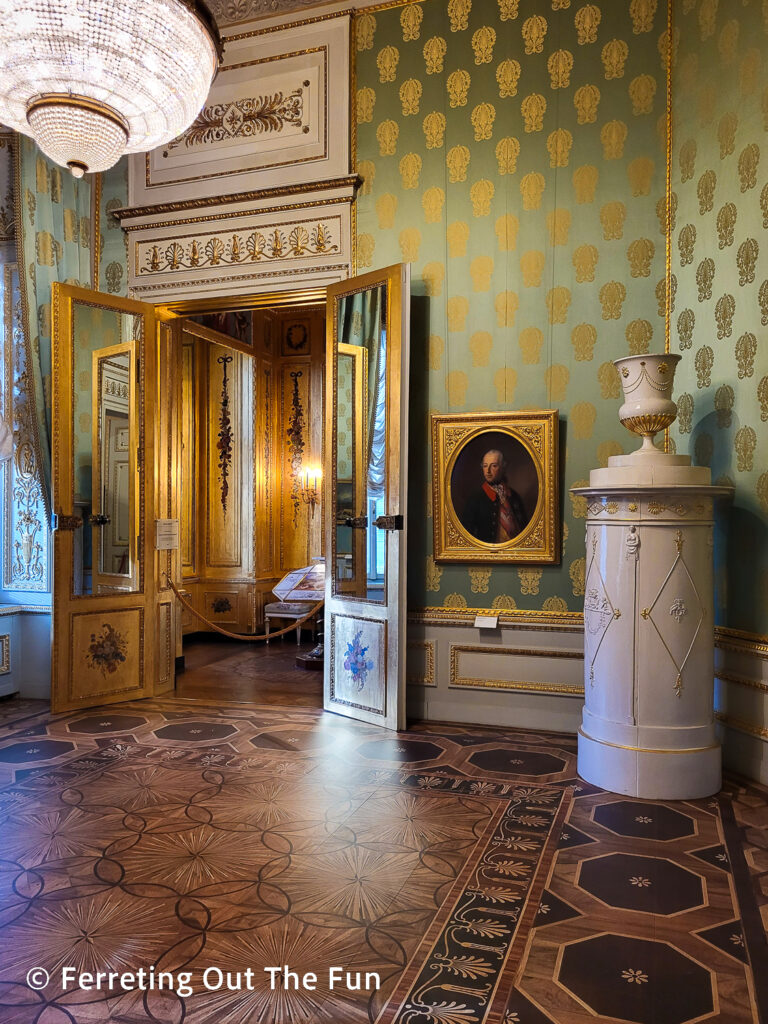
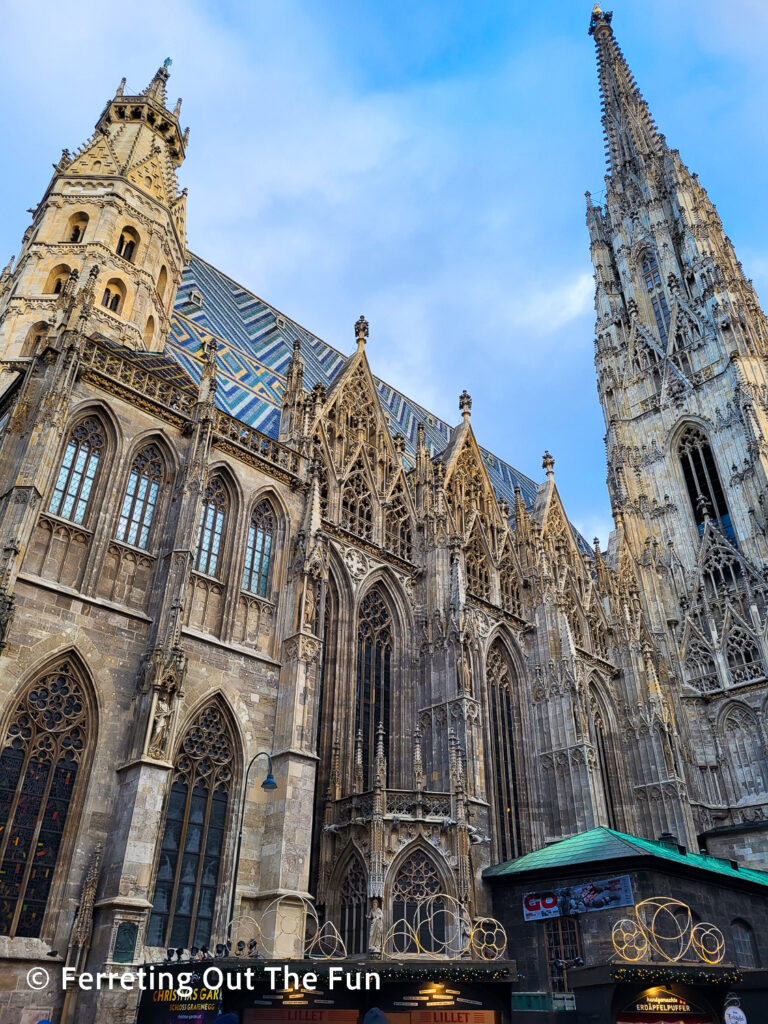
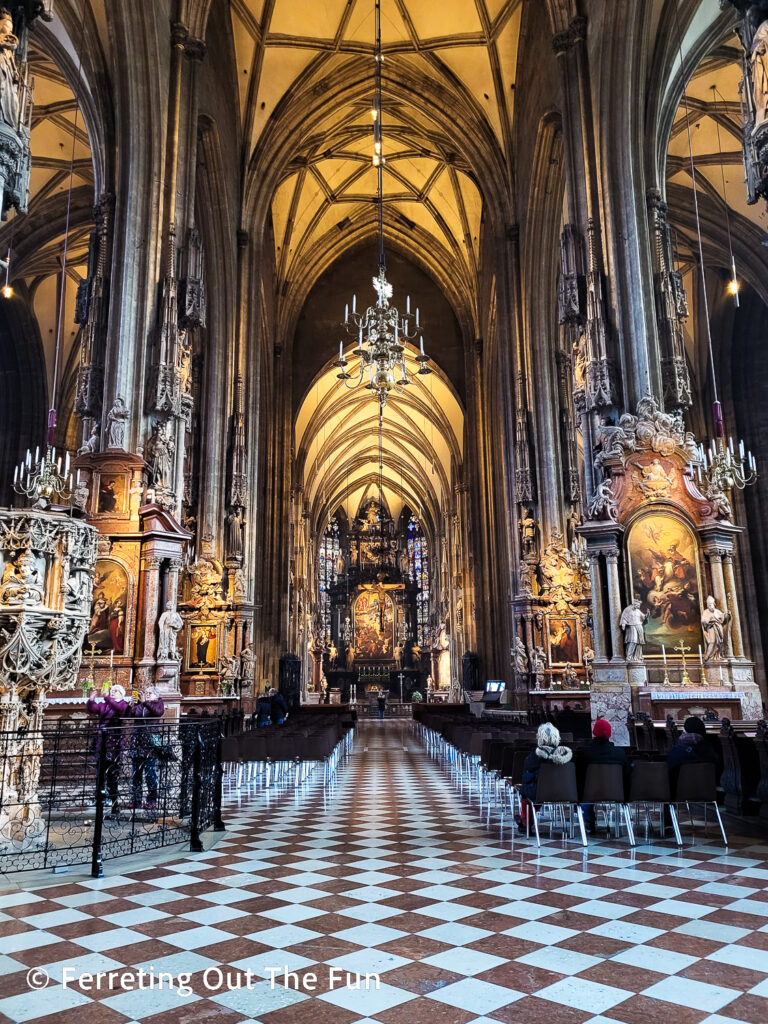
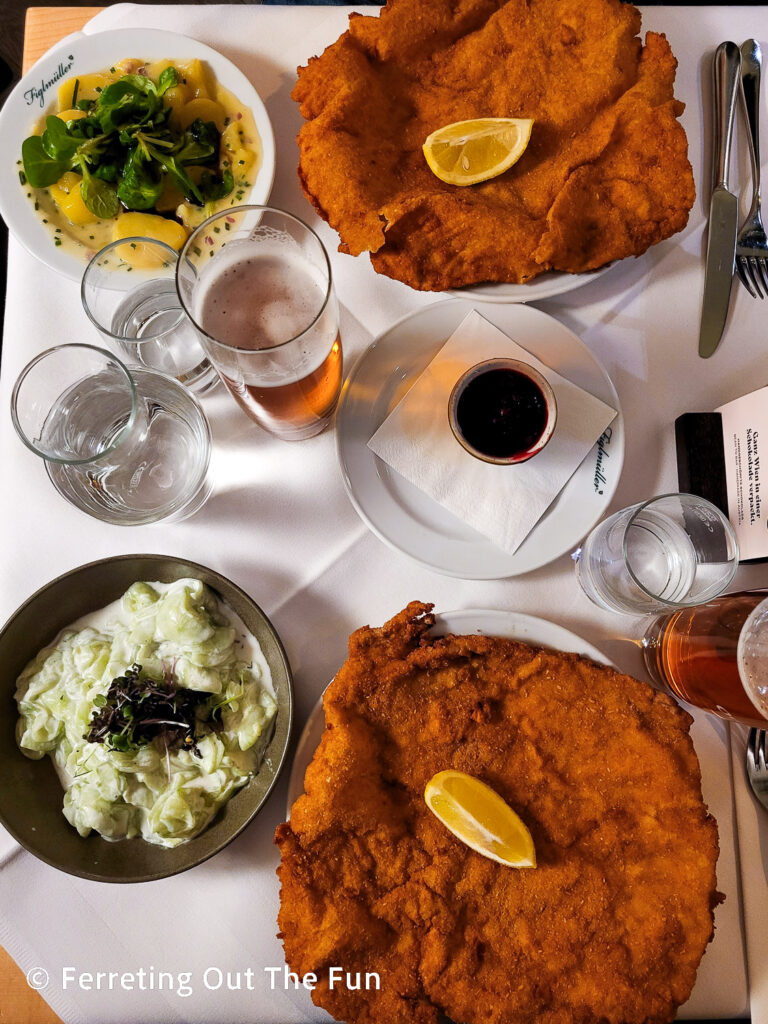
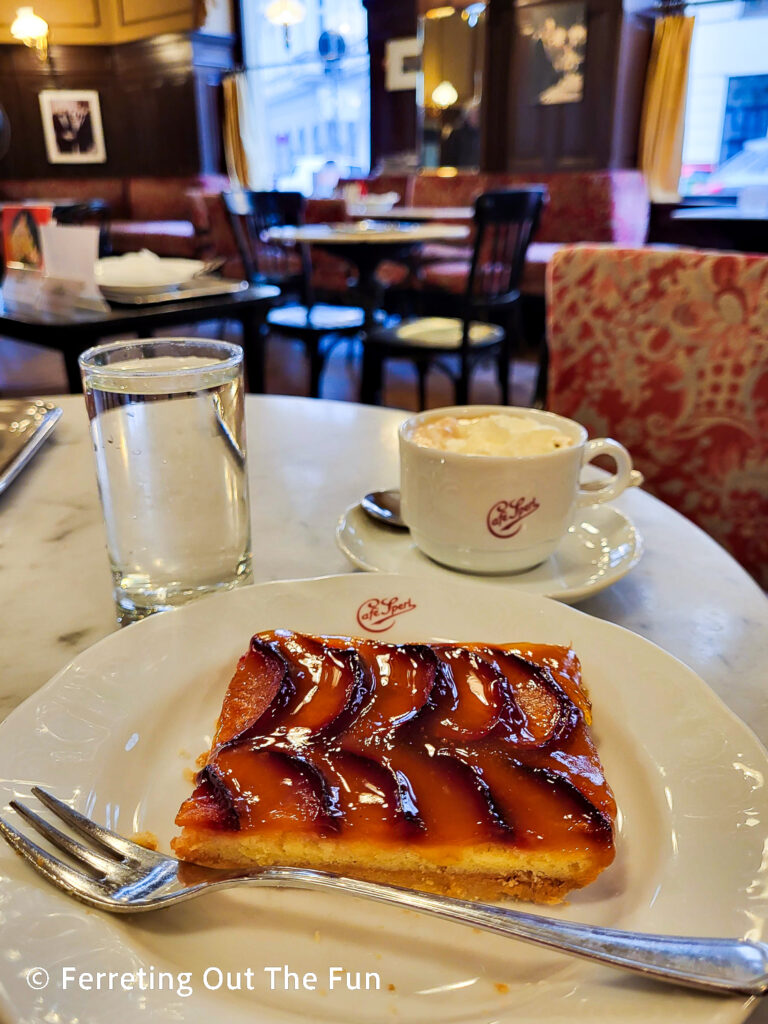
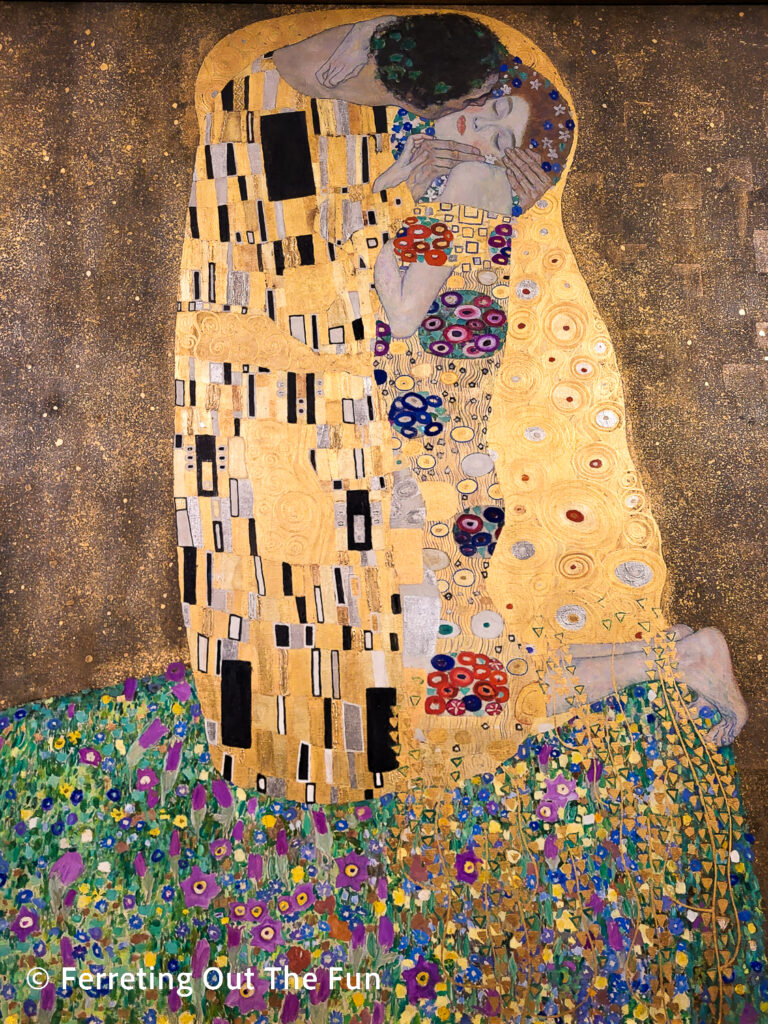
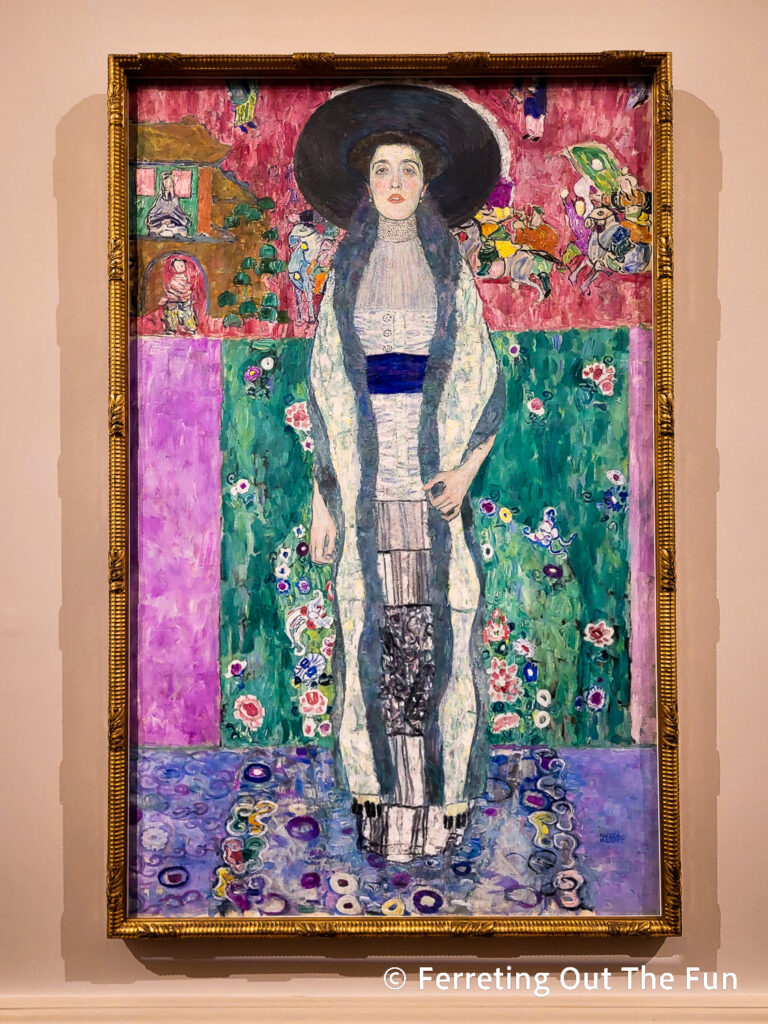
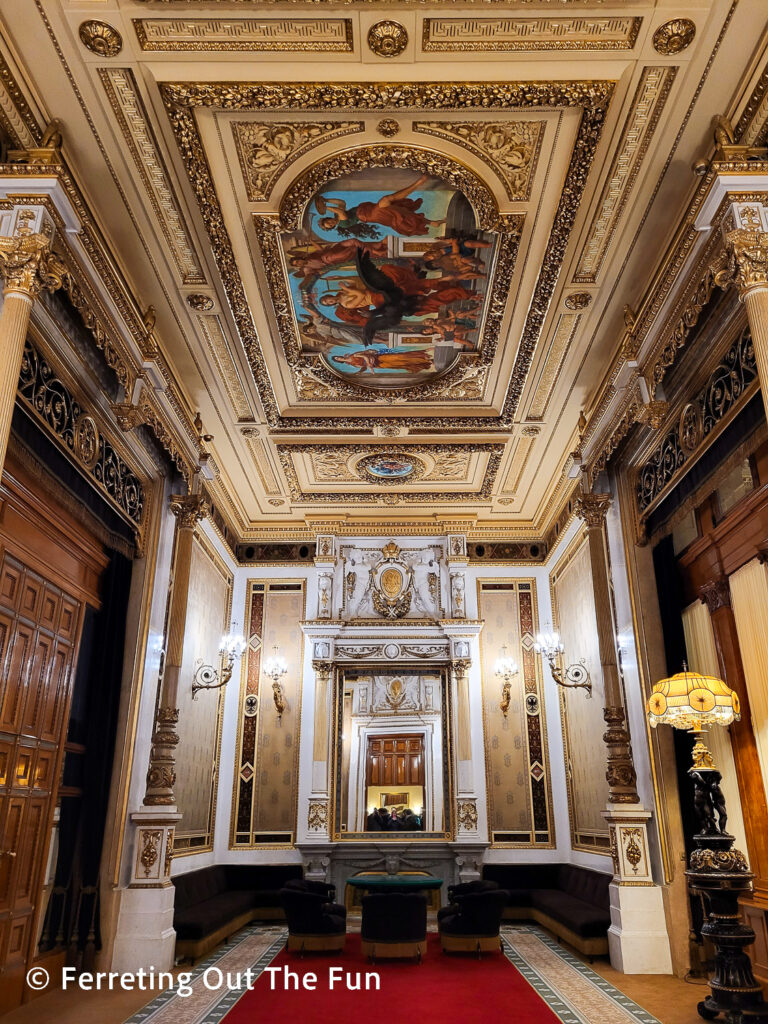
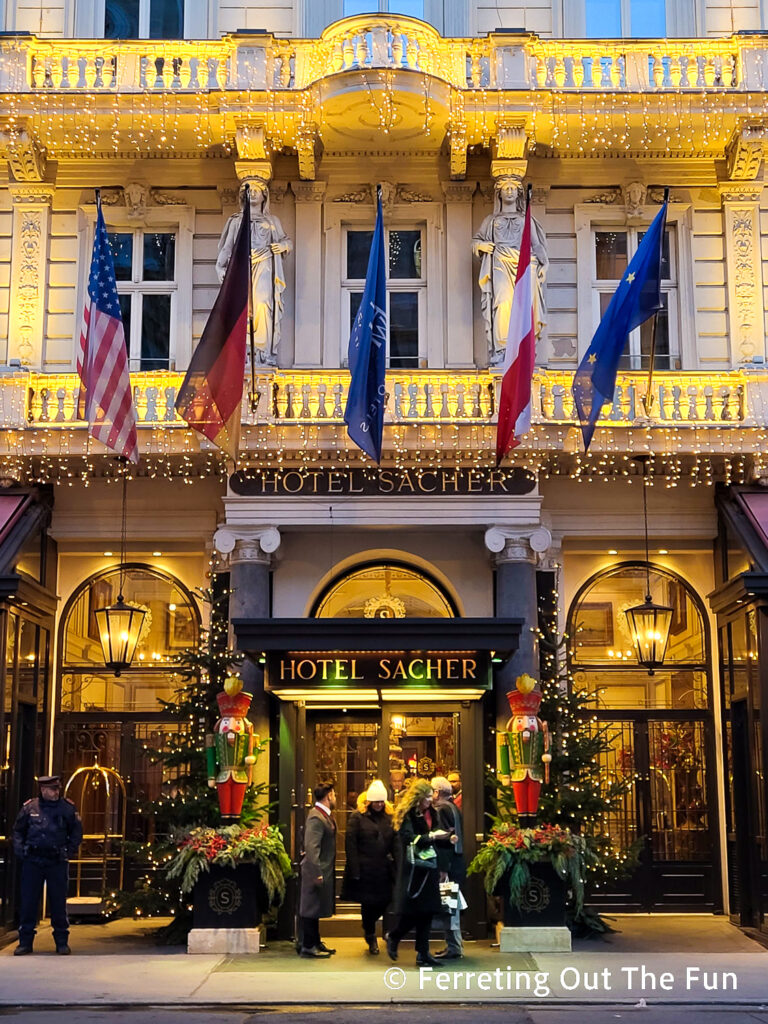
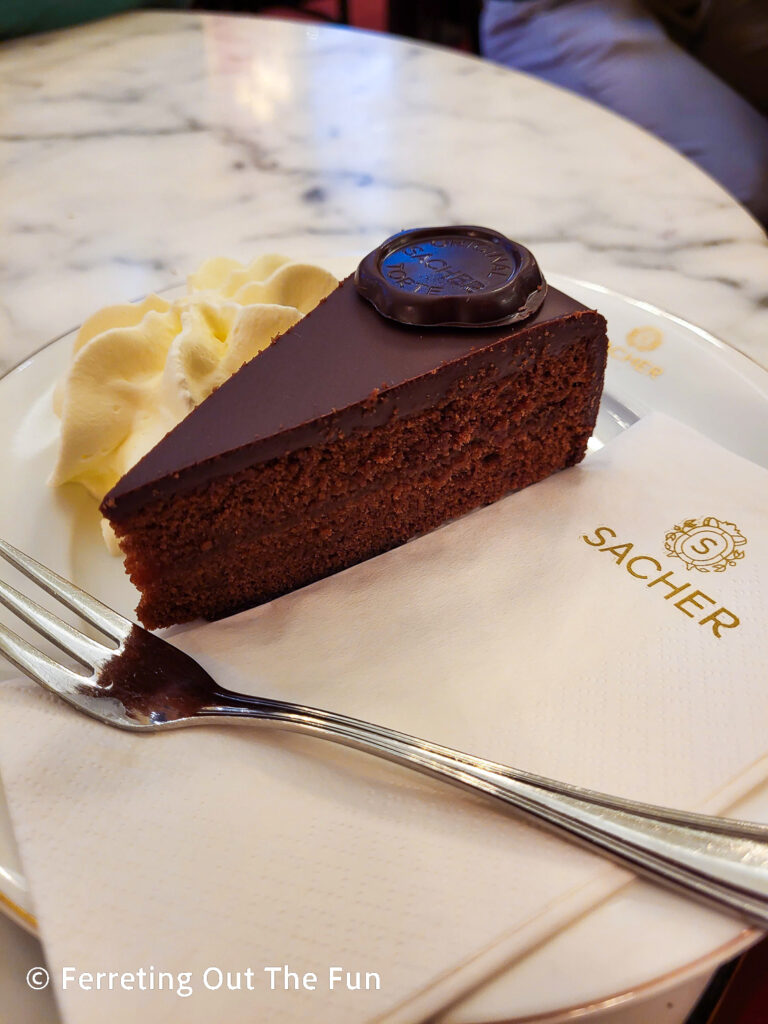
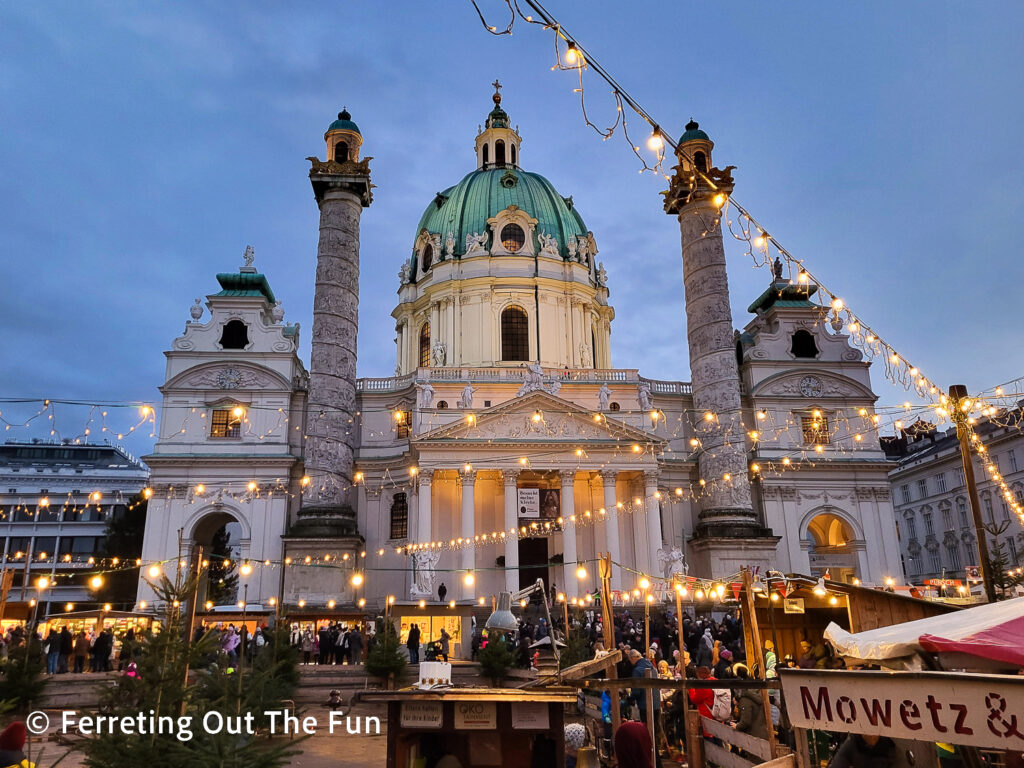
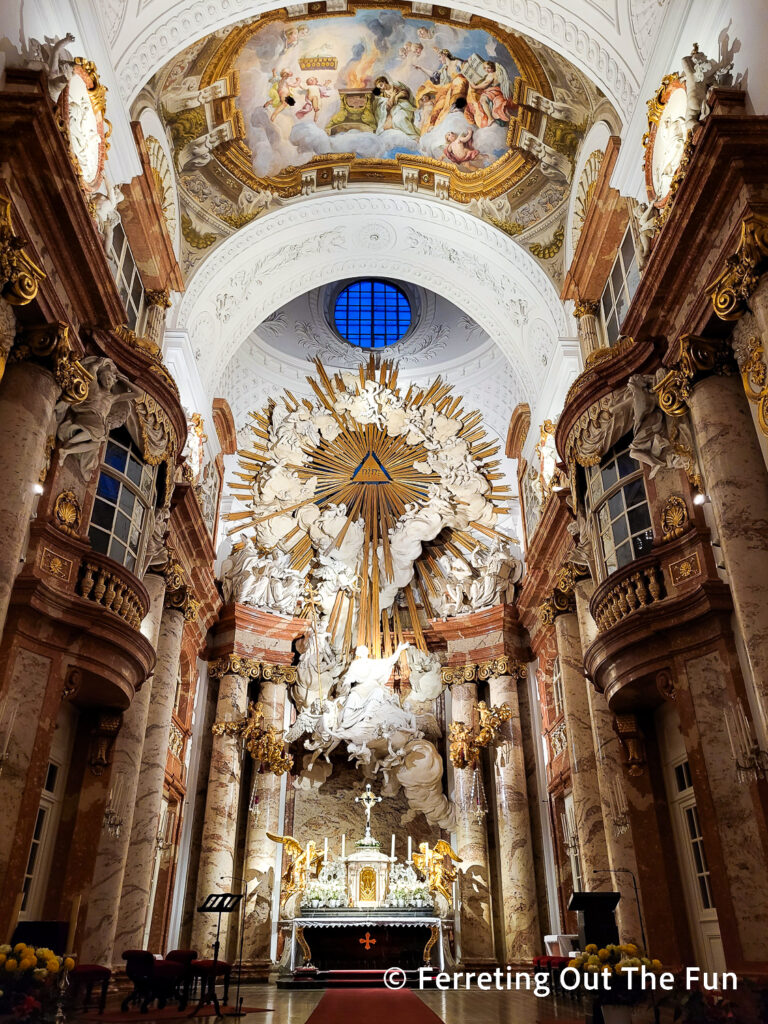
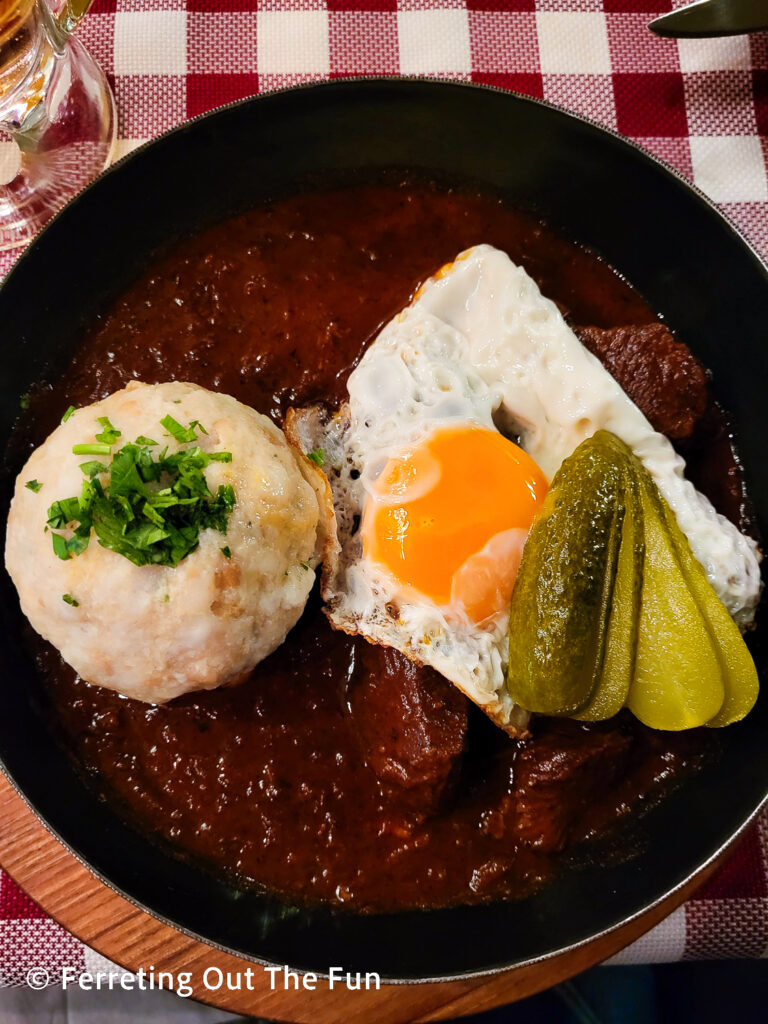
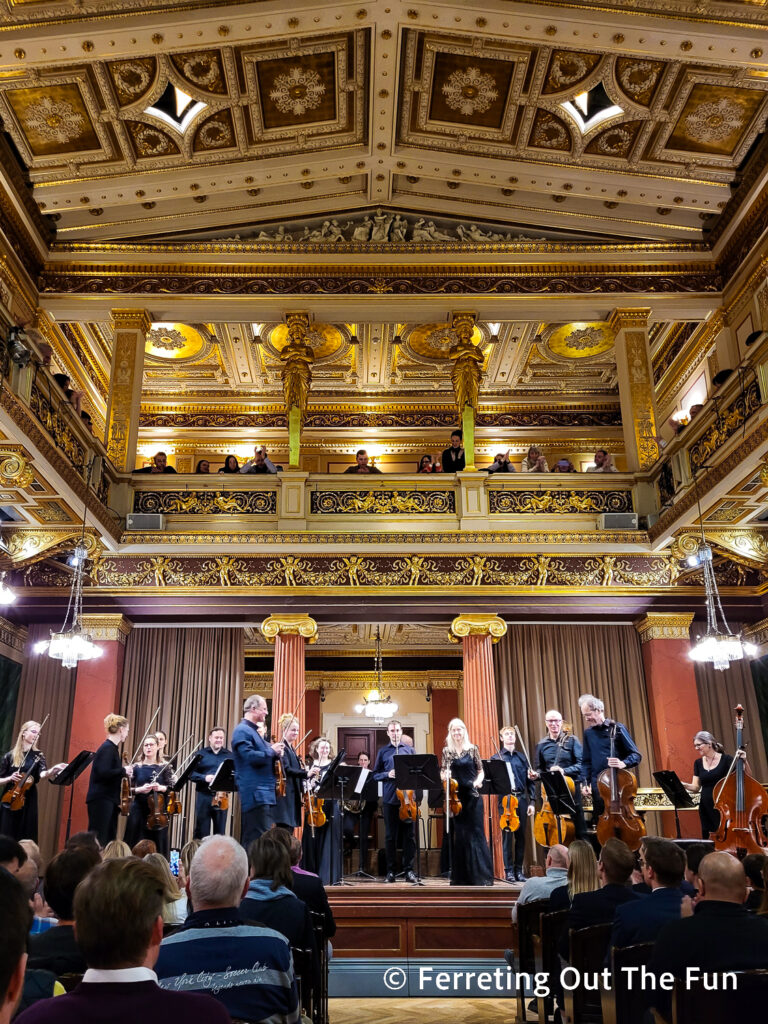
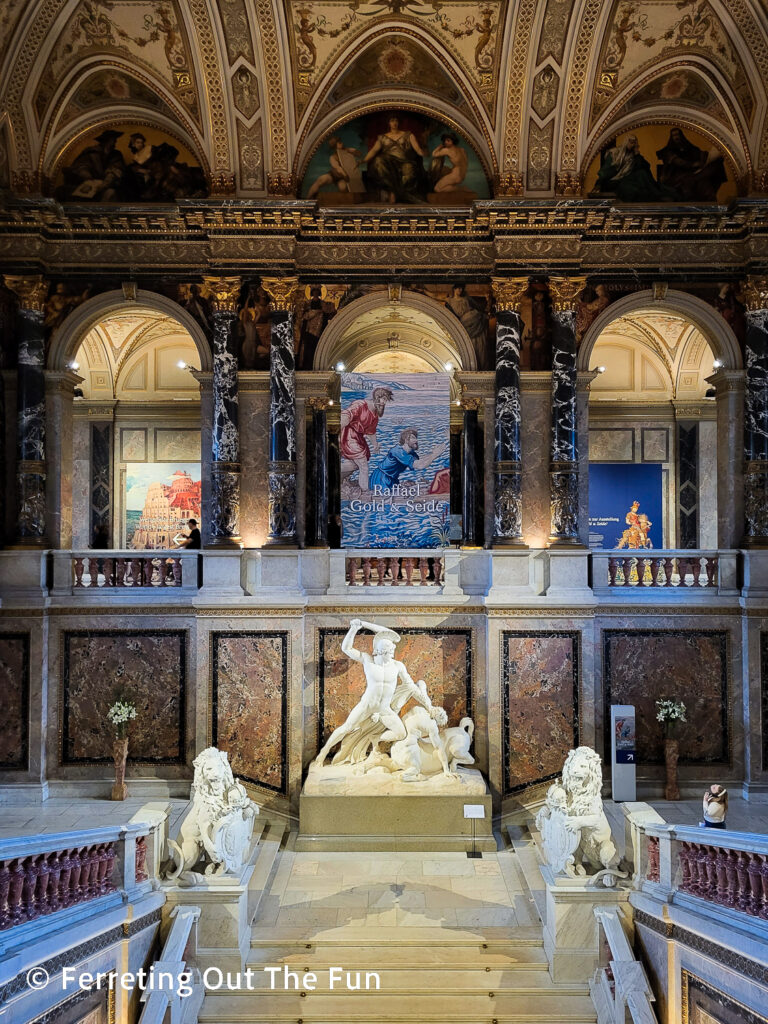
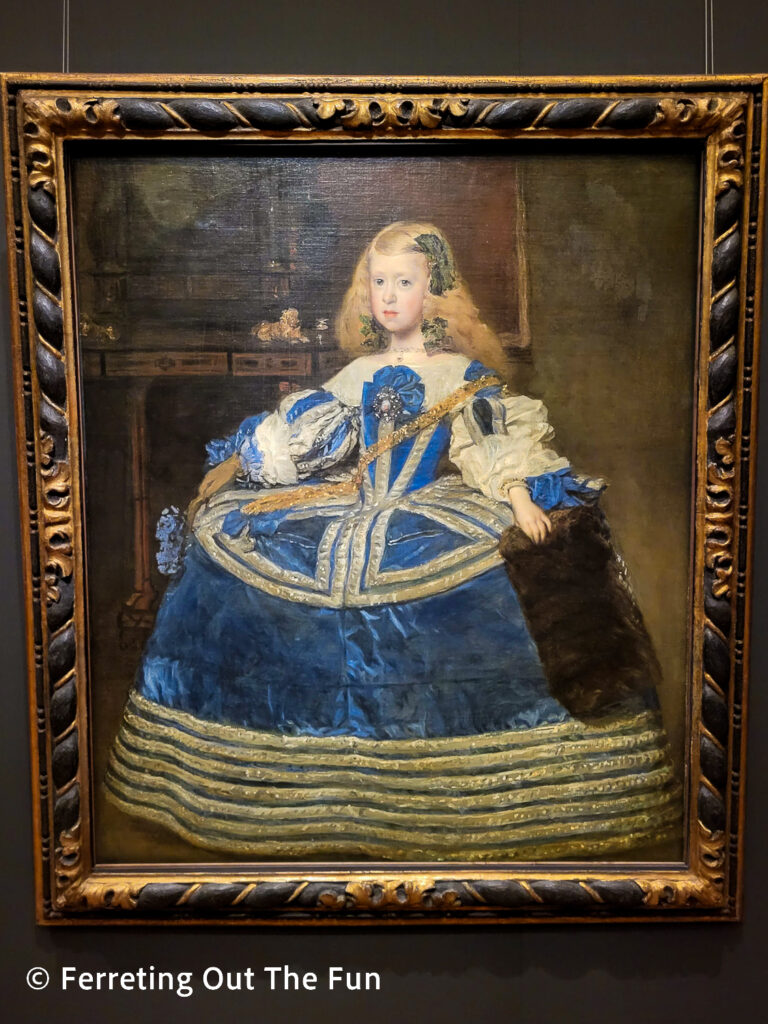
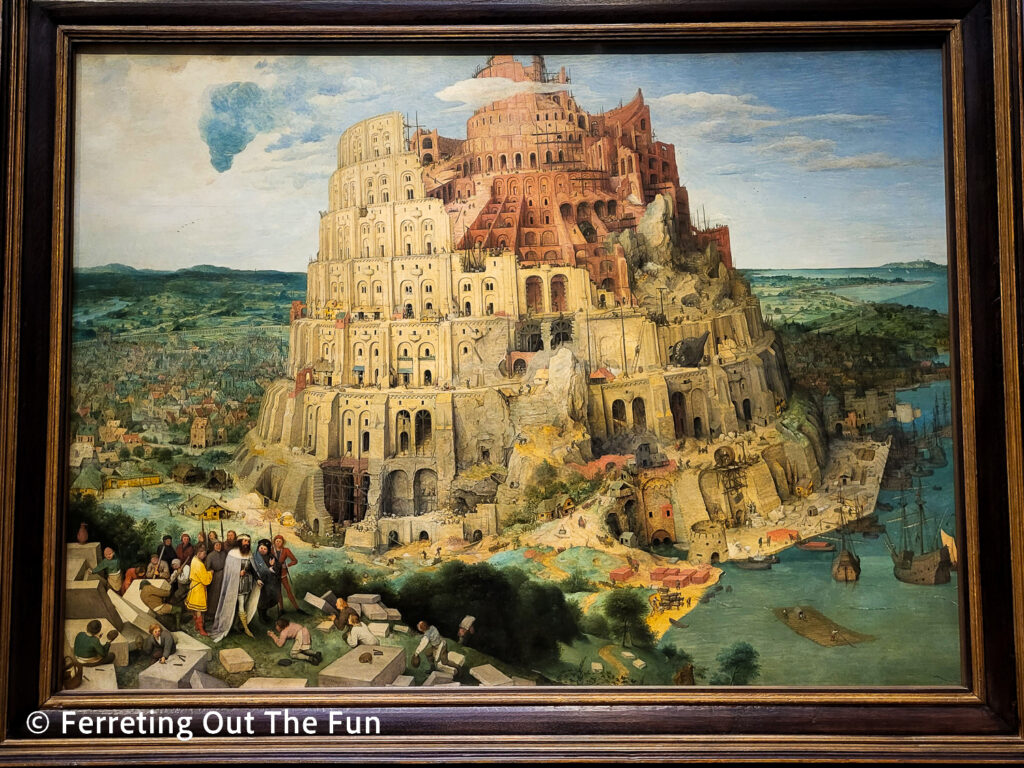
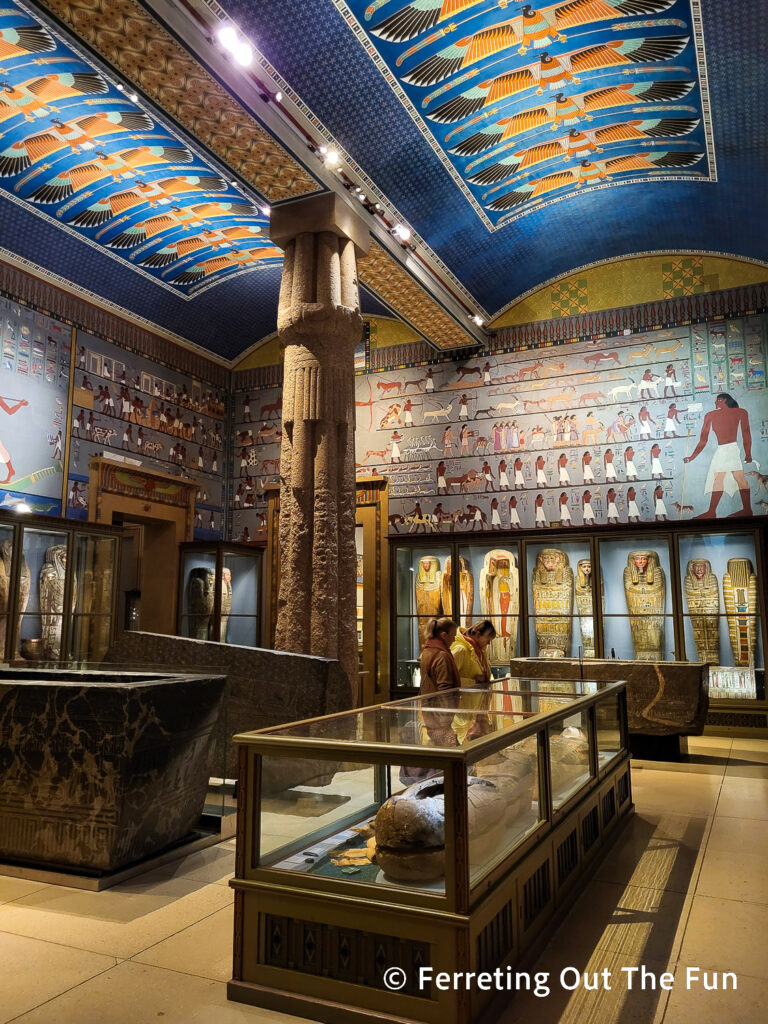
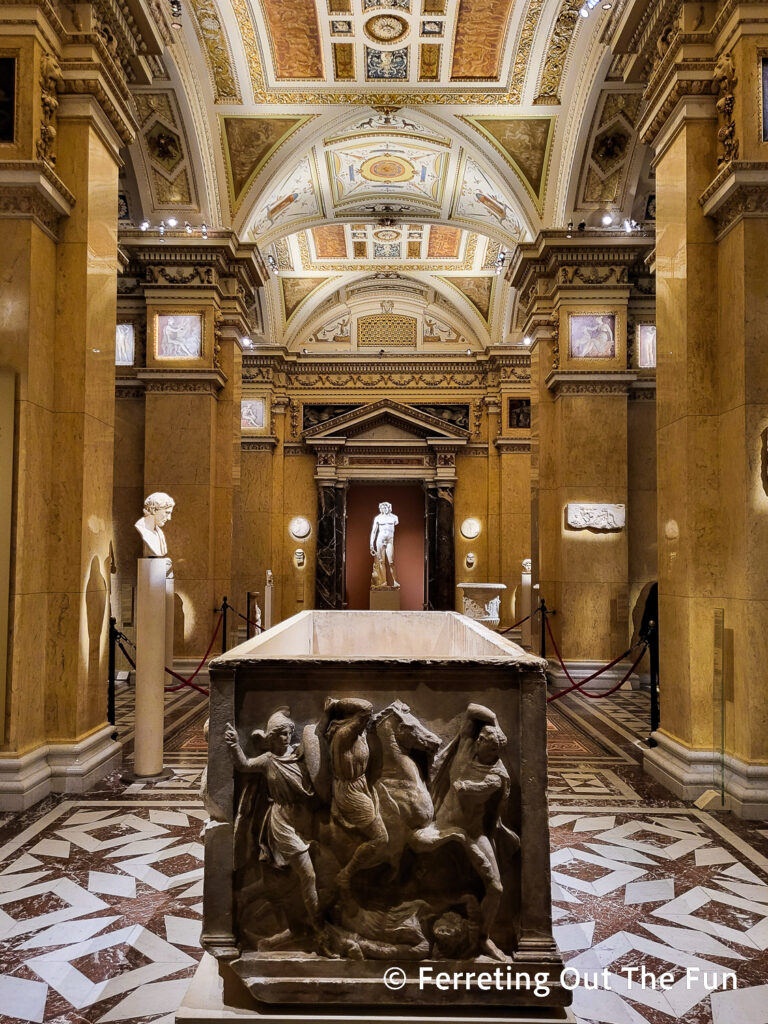
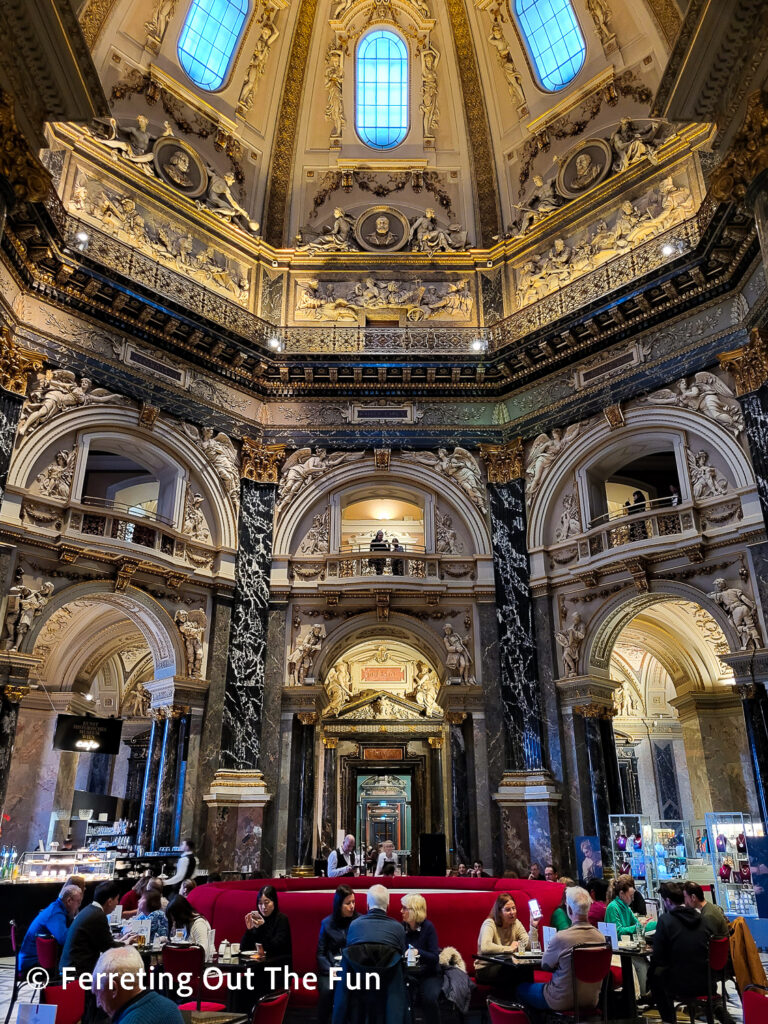
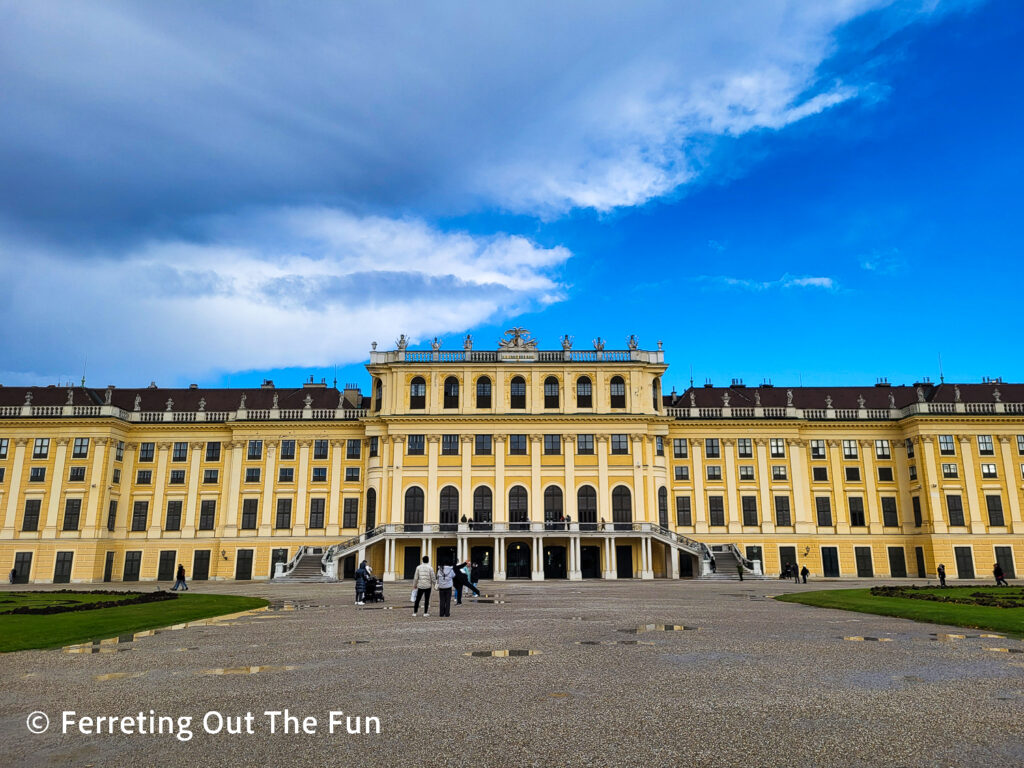
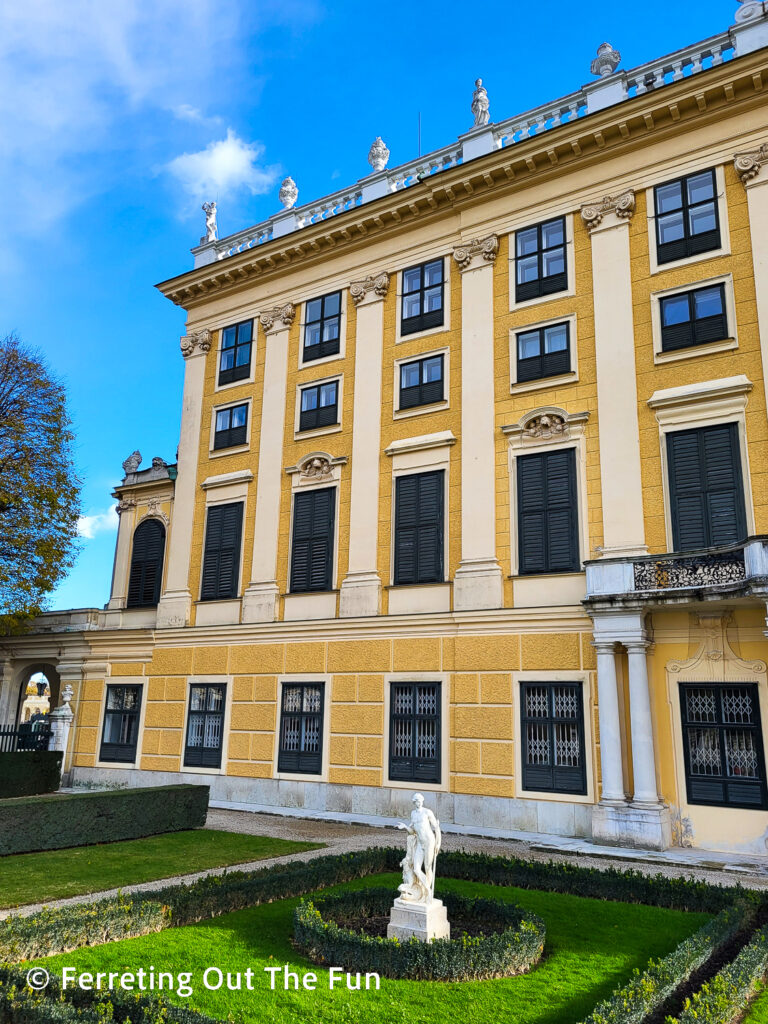
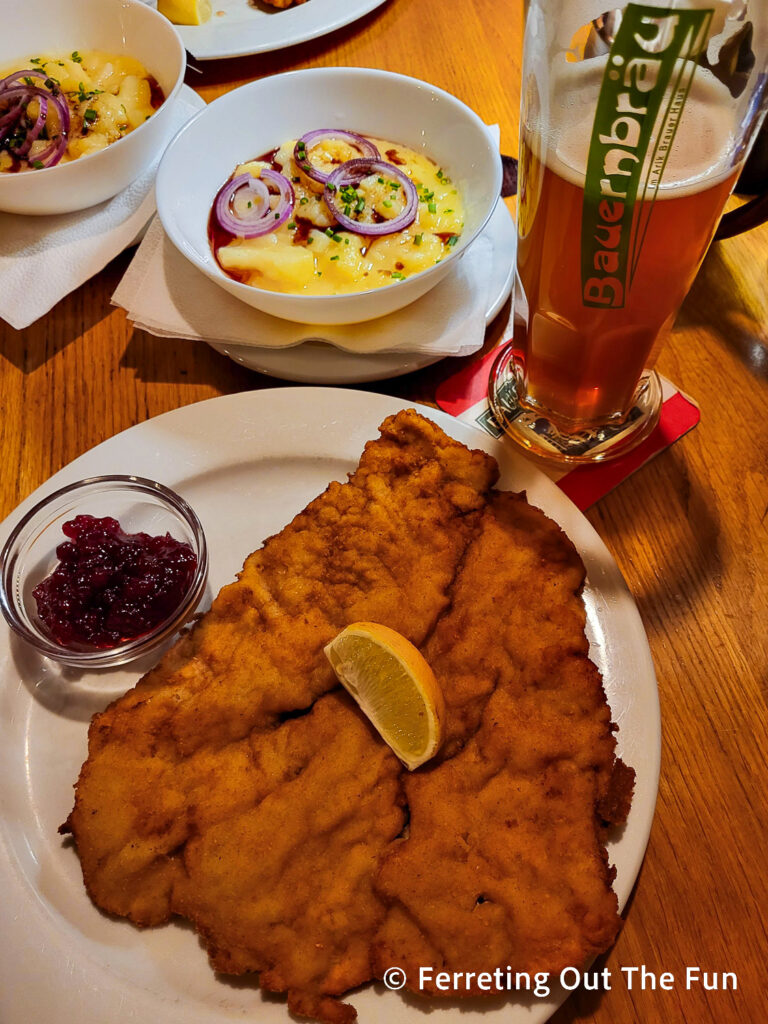
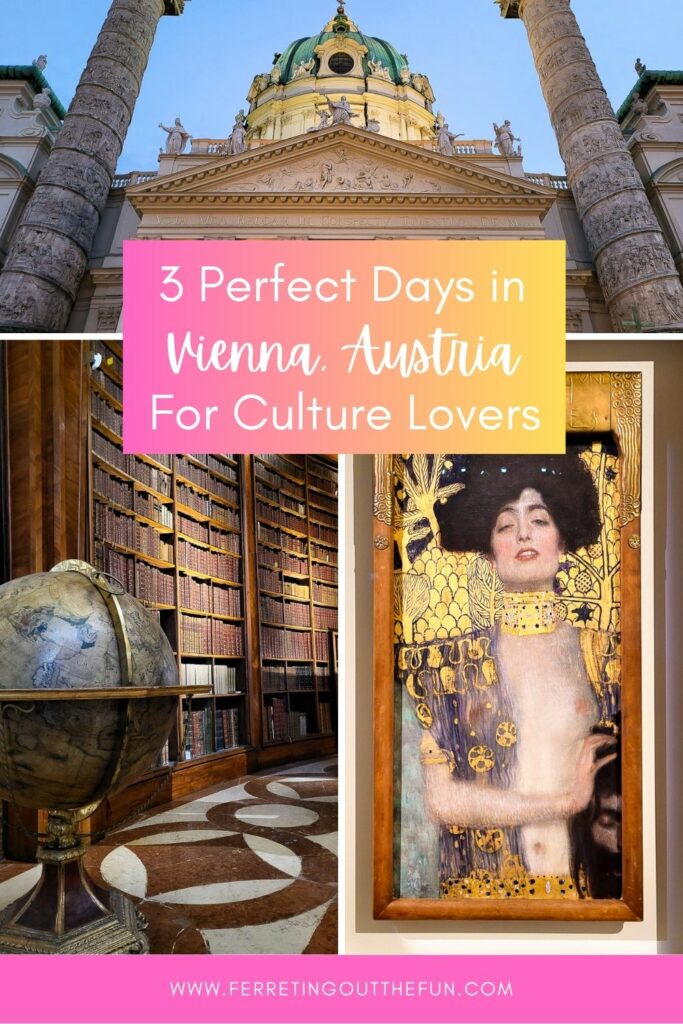
What a great blog. You sure packed in a lot of sightseeing in three days. Really great pictures. I just love all the old churches, palaces, museums etc. So happy that you get to visit all these wonderful places and share them with those of us that don’t get to travel much anymore.
Thanks, Mom! Sure wish I could take you along!